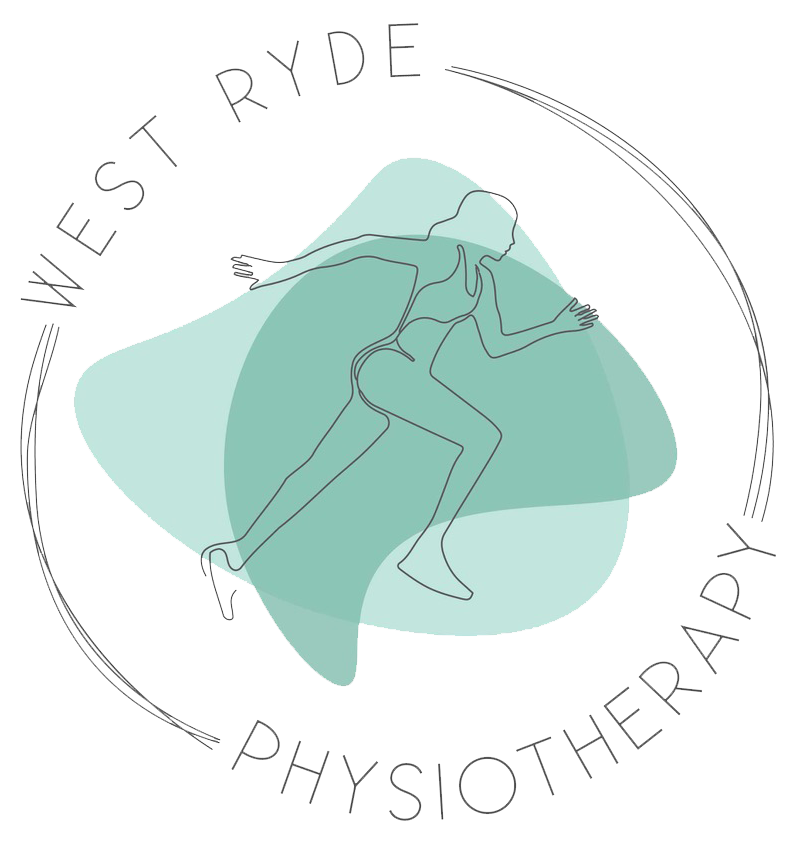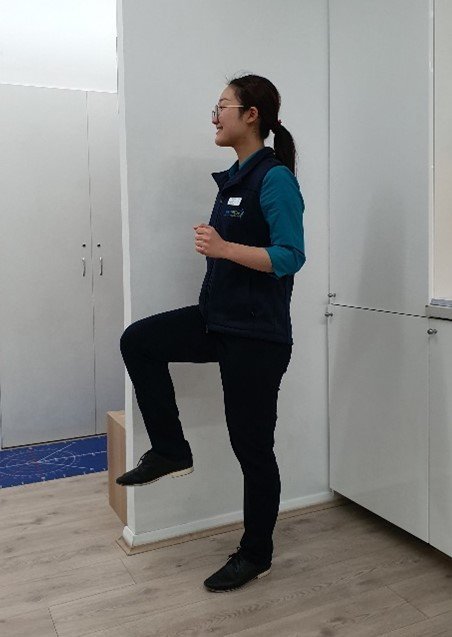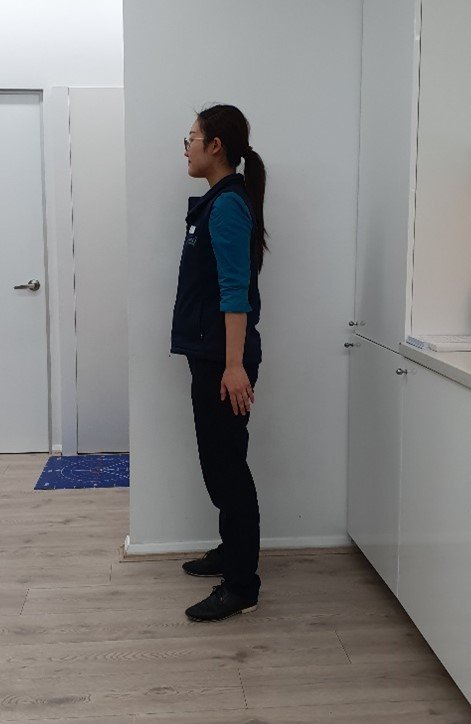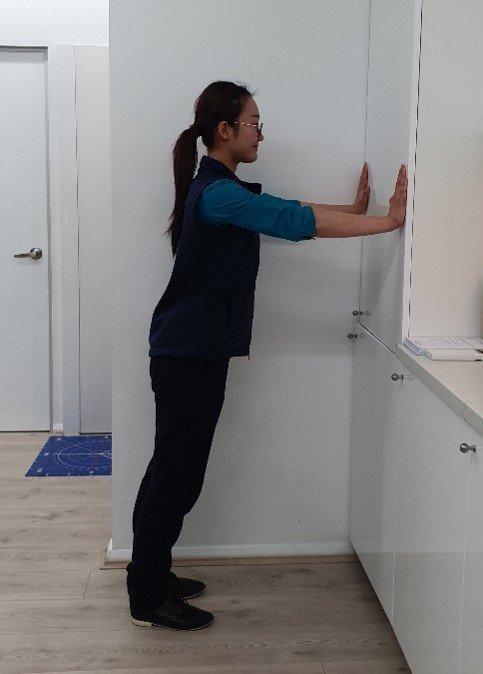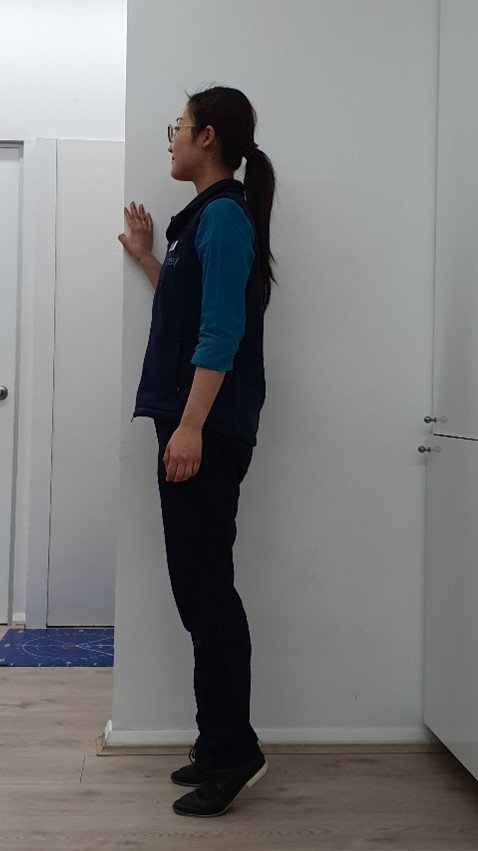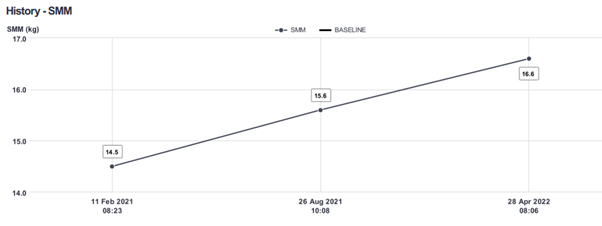Living with Lymphoedema: Staying Active
Numerous Studies Have Now Shown That Exercise Is Safe And Beneficial To Those Who Are Experiencing Lymphoedema.
Exercise can increase your heart rate and circulation and increase the load on your lymphatic system. This happens to all individuals and people can experience short term accumulation of fluid in the body. In people without Lymphoedema, this fluid goes down soon however people with Lymphoedema can last longer. Therefore, you need to prepare your body before exercise and allow the system to anticipate the load and gradually decrease the load on the lymphatic system. Keep your garment on and make sure you warm up and cool down.
There Are Various Types Of Exercises You Can Participate Such As:
• Aerobic exercises (e.g. walking, cycling, swimming)
• Resistance exercises (e.g. weight training, theraband exercises)
• Flexibility (e.g. stretches and movement exercises)
• Impact/loaded exercises to improve your bone health.
• Breathing exercises
If you have been training, that is great! If you have not been, then I will advice you to talk to your Physiotherapist or Lymphoedema Therapist or start with something light.
Starting an exercise program does not have to be grand. Start with something small like:
Marching on spot – 1 minute
This will stimulate your lymph nodes around your groin region whilst keeping the lower leg muscles strong. This can be a simple cardio exercise that will keep your blood circulations going. Swing your arms by your sides as well.
Squats – 10reps ~ 30reps
This will keep your lower legs and your hips strong. Keep your feet hip width apart and squat as if you are sitting into a chair. Keep it moderate depth.
Cat and camel – 5 reps
Keep your spine flexible and this will also stimulate your lymph nodes on your back and in front of your chest.
Wall press ups – 10 reps
This will keep your shoulder and chest muscles strong. Make sure you are pushing yourself up from the wall rather than using the momentum. This is a very good body weight resistance exercise routine.
Heel drop – 10 drops
Go up into your heel raise position and then drop down. The impact from this exercise will keep your bones strong. You can do this barefoot or with your shoes on.
We can train by understanding the basic principles of how our body reacts to exercise. To know more about the specific guidelines of exercises have a read of our exercise guideline blog post.
To monitor how your program is progressing, we can analyse Lymphoedema index measure and body composition using the bio-impedance spectroscopy.
Our sozo Technology
Below is a real data from a lady who has developed left arm Lymphoedema post breast cancer diagnosis. Her Lymphoedema is now stable, and she has been using her compression garments. Despite her physical limitations due to polio, she has continued to participate in Physiotherapy exercise-based treatment and various other exercise programs such as hydrotherapy and yoga and has shown below improvements:
Lymphoedema Index Measurement
This shows the fluid level in her left arm compared to her right arm. These has been no significant changes over 1 year period.
Skeletal Muscle Mass in kg
To increase muscle mass by 0.5kg it can take up to 3 months. She has shown gradual improvement in muscle mass over 1 year period.
Fat Mass in % body weight
We can also see the fat mass in body weight % gradually decreasing.
So, from the above results, we can see that it does take time, however your body will respond to the hard work you have put in.
If you would like to know more about what we offer to keep you active, we have various programs to suit your needs and lifestyle.
